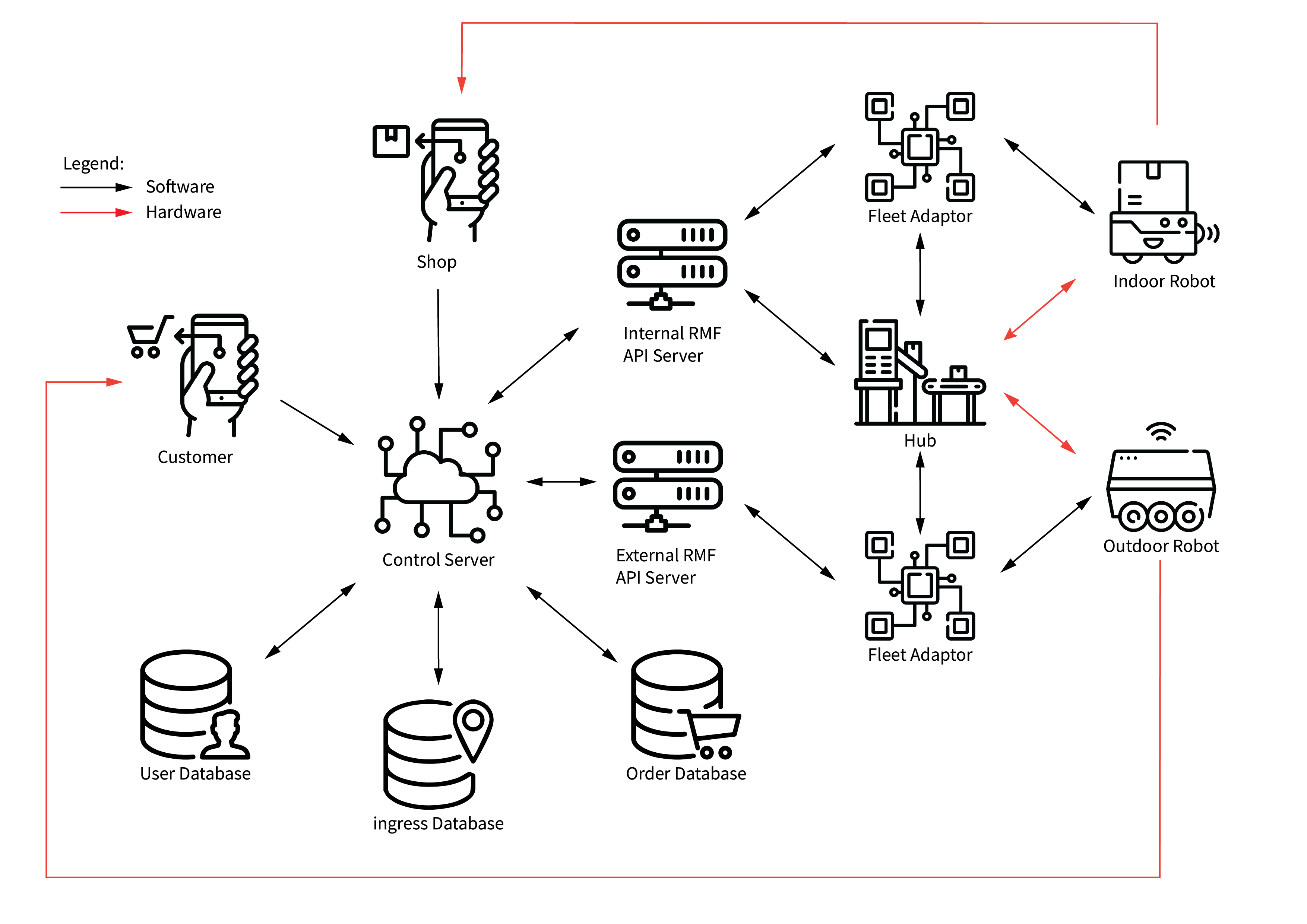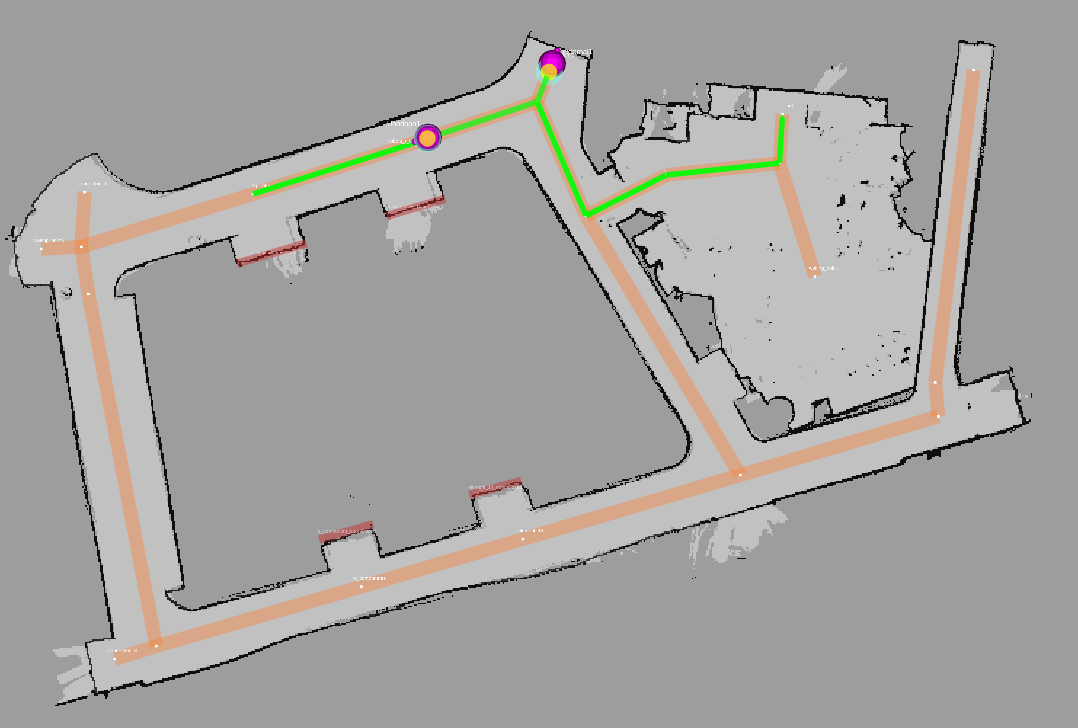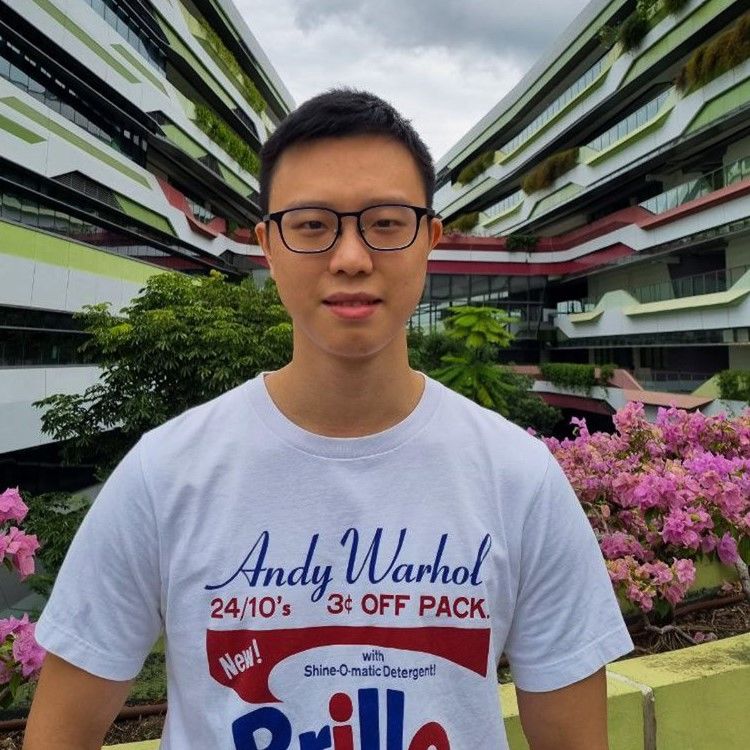The Problem: Delayed and Damaged Parcels
In today's e-commerce era, there has been an increased demand for online retail trade causing a higher demand for delivery services. However, many local companies are unable to cope with this increasing demand due to manpower shortages, resulting in late, lost, or damaged deliveries. This results in frustrated customers, and increased burden on already overworked delivery workers.








































